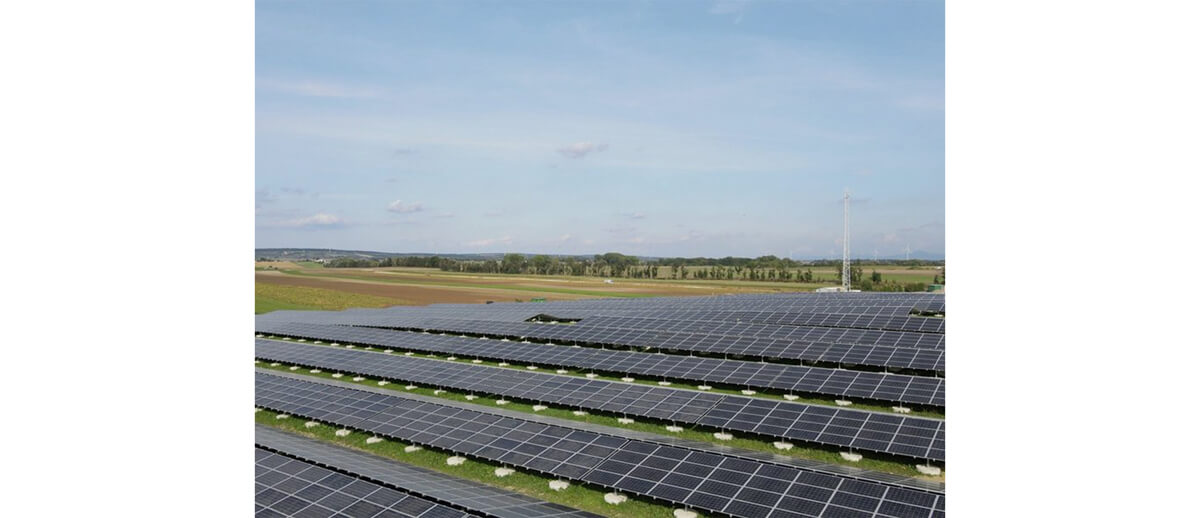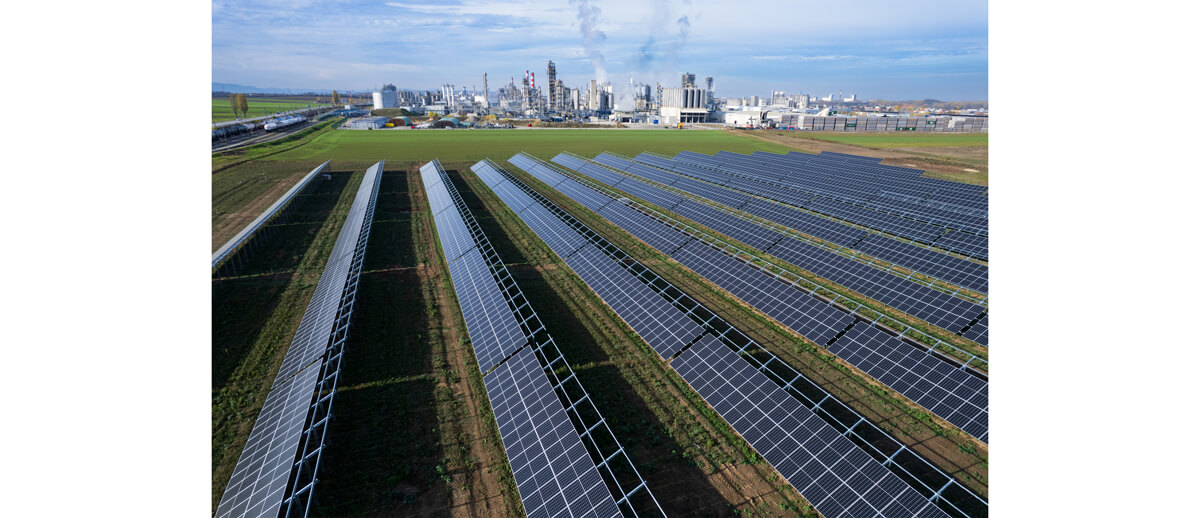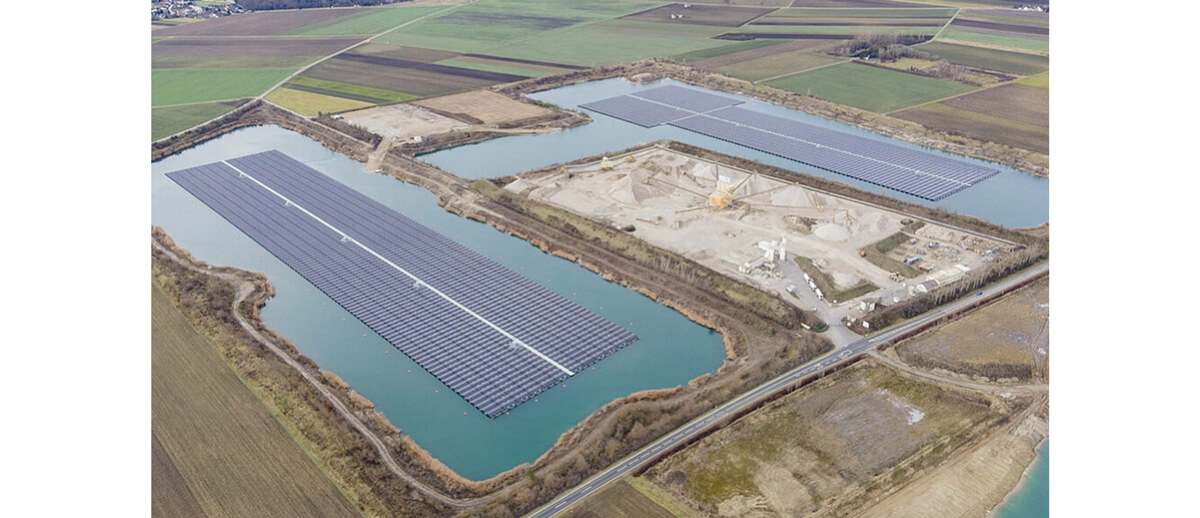As the world seeks sustainable and renewable sources of energy, solar power has emerged as a reliable and environmentally friendly solution. Austria, with its abundant sunlight and commitment to clean energy, presents an ideal location for solar system installations. This essay aims to provide a comprehensive guide on how to install a solar system in Austria, covering the essential steps, considerations, and benefits associated with this renewable energy source.

Assessing Feasibility:
Before embarking on a solar system installation, it is crucial to evaluate the feasibility of harnessing solar energy in a specific location. Austria benefits from an average of 1,600 to 2,000 hours of sunlight annually, making it highly suitable for solar power generation. Additionally, factors such as roof orientation, shading, and available space must be considered. Conducting a thorough feasibility study will help determine the potential energy output and financial viability of the project.

Obtaining Permits and Approvals:
To ensure compliance with local regulations, it is essential to obtain the necessary permits and approvals before installing a solar system in Austria. The specific requirements may vary depending on the region and the scale of the installation. Typically, the process involves obtaining permits from local authorities, notifying the local grid operator, and adhering to building codes and safety standards. Engaging with professionals experienced in solar installations can help navigate this regulatory landscape.

Sizing and Designing the System:
The next step involves sizing and designing the solar system to meet the energy needs of the intended location. Factors to consider include the desired energy output, available space, and budget. Determining the appropriate size of the photovoltaic (PV) system requires considering the electricity consumption patterns and the number of solar panels required. Additionally, the system design should account for aspects such as panel placement, tilt angles, and potential shading issues to maximize solar energy absorption.

Selecting High-Quality Components:
Choosing reliable and high-quality components is vital for the long-term performance and efficiency of the solar system. Opting for reputable solar panel manufacturers, inverters, and other system components ensures durability and optimal energy production. In Austria, it is recommended to select components that are certified by recognized standards such as the Austrian Photovoltaic Test Center (PVT).
Engaging Professional Installers:
While some individuals may have the necessary expertise to install a solar system themselves, it is often advisable to engage professional installers with experience in photovoltaic installations. Certified installers possess the knowledge and skills required to handle complex electrical connections, roof penetrations, and safety considerations. Hiring professionals also ensures that the installation meets quality standards, local regulations, and is eligible for any available financial incentives.

Connecting to the Grid:
To maximize the benefits of solar power in Austria, connecting the solar system to the electrical grid allows for efficient energy utilization. It enables excess energy generated during sunny periods to be fed back into the grid, earning credits or compensation through net metering or feed-in tariffs. Grid connection requires coordinating with the local grid operator to ensure compliance with technical specifications and safety requirements.

Maintenance and Monitoring:
Once the solar system is operational, regular maintenance and monitoring are essential to ensure optimal performance and longevity. This includes periodic cleaning of solar panels, checking electrical connections, and monitoring energy production levels. Many solar system providers offer monitoring platforms that allow homeowners to track energy generation, consumption, and system health remotely. Proactive maintenance can help identify and address any potential issues, maximizing the system's efficiency.
Installing a solar system in Austria contributes to the country's broader renewable energy goals. Austria has set ambitious targets to increase the share of renewable energy in its total energy consumption, aiming for 100% renewable electricity by 2030. By embracing solar power, individuals and businesses play a crucial role in achieving these targets and reducing the carbon footprint.
The installation of solar systems in Austria is supported by various financial incentives and government initiatives. These incentives aim to make solar power more accessible and financially viable for homeowners and businesses. For instance, the Austrian federal government offers investment subsidies, tax credits, and favorable loan programs to support solar installations. Additionally, regional and local authorities may provide additional incentives, such as feed-in tariffs and net metering programs, which allow system owners to sell excess electricity back to the grid or receive compensation for it.
Beyond the economic benefits, solar power installations in Austria contribute to job creation and local economic growth. The growing demand for solar systems creates opportunities for skilled workers in the renewable energy sector. Moreover, the installation of solar systems stimulates the local economy by fostering a market for solar equipment manufacturers, installers, and maintenance services.
Installing a solar system in Austria offers a multitude of advantages, including sustainable energy generation, reduced electricity costs, and environmental benefits. By following a systematic approach that includes assessing feasibility, obtaining permits, designing the system appropriately, selecting quality components, engaging professional installers, and maintaining the system, individuals and businesses can harness the power of the sun to meet their energy needs efficiently. The support of financial incentives and government initiatives further encourages the adoption of solar power in Austria, contributing to the country's renewable energy goals and fostering local economic growth. Embracing solar energy not only benefits individual households and businesses but also plays a crucial role in creating a sustainable and greener future for Austria and the planet as a whole.
Installing a solar system in Austria provides numerous benefits, including reduced reliance on fossil fuels, lower electricity bills, and a positive environmental impact. By carefully assessing feasibility, obtaining permits, sizing the system appropriately, selecting quality components, engaging professional installers, connecting to the grid, and ensuring proper maintenance, individuals and businesses in Austria can harness the power of the sun to meet their energy needs sustainably.











